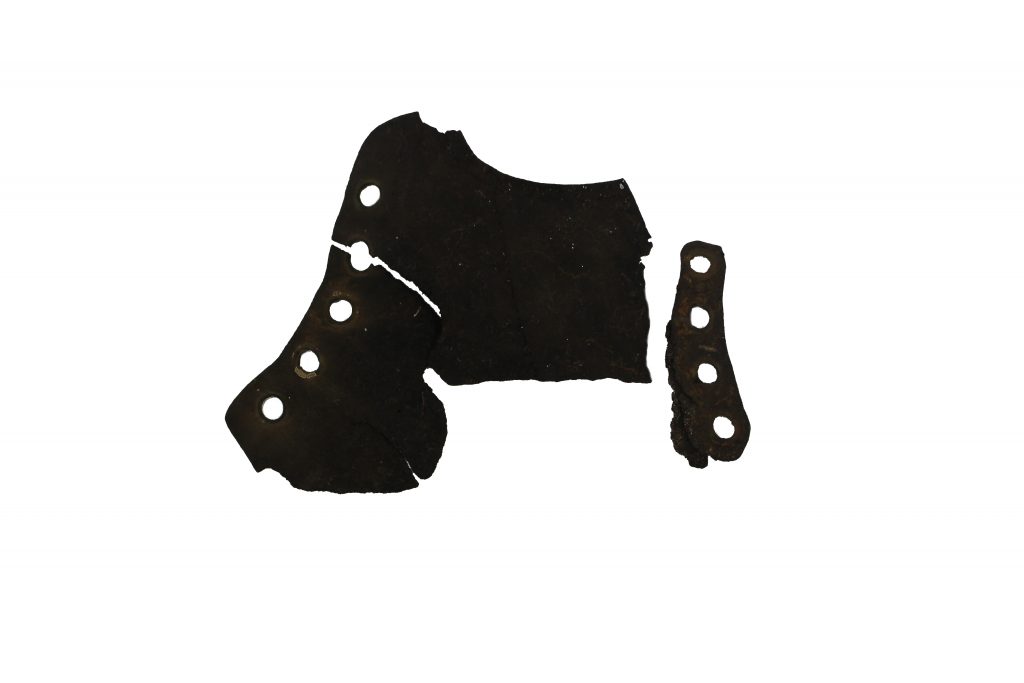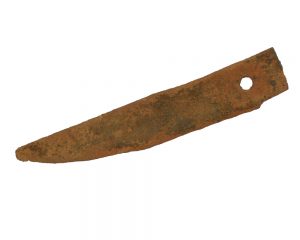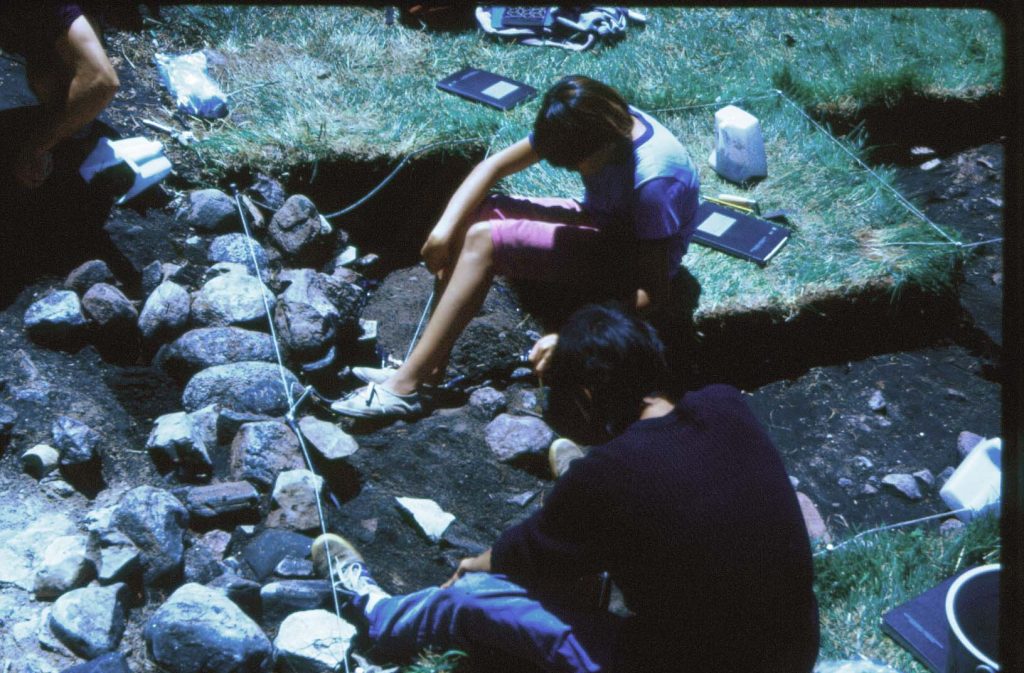Museum of Ontario Archaeology: Excavation Conclusions
As a result of the excavations that had been undertaken by the Museum, it was concluded that further, more intensive excavations could provide details about the nature of the Jesuit and lay French buildings inside the stone walls of the fort.
Challenges of Excavation (Closed captions available in EN and FR) – View this video with a transcript (EN)
Further excavation of the areas immediately adjacent to the Fort, especially to the north of the fort, would provide information on the nature of the compound attached to the fort and the nature and functions of any structures associated with the compound. Excavations would also provide details about the fortifications including features such as moats.
Perhaps most important, further excavation might result in the recovery of a larger sample of seventeenth century material culture which was in use for a two year period – a very rare archaeological opportunity. Tantalising is the potential for objects such as wooden tools and utensils, fabrics and basketry. Such an assemblage would become a key comparative collection for the study of seventeenth century material culture throughout North America.
Excavations of the village situated adjacent to St. Marie II would result in substantial contributions to knowledge. There would also be opportunities to uncover important information on the nature of Wendat settlement patterns in both housing and European influence on the fortifications during a time of extreme crisis, as suggested in the documentary record.
Further excavations might reveal additional insights into the defences of the fort and Wendat in the face of constant harassment by the Haudenosaunee.




